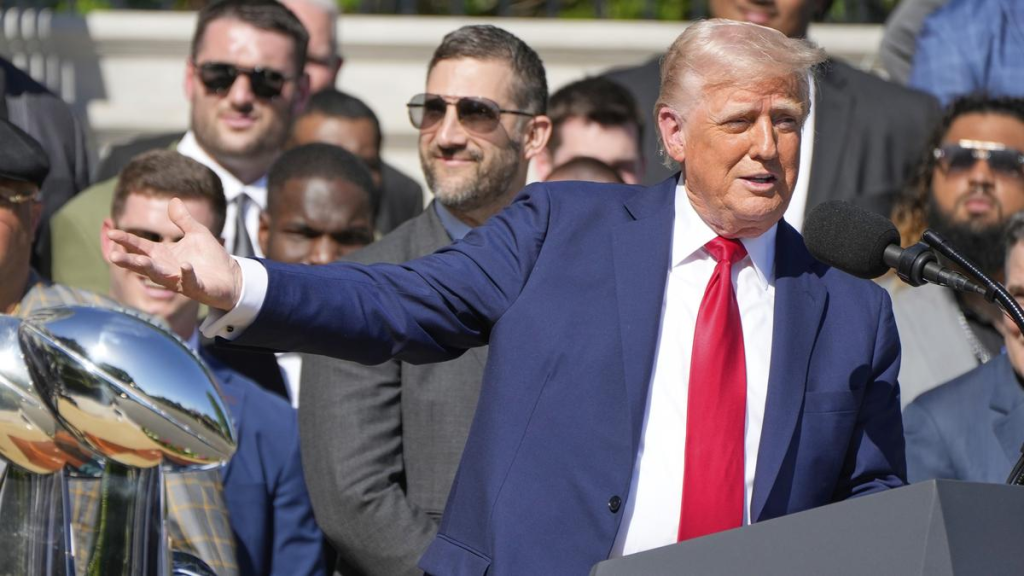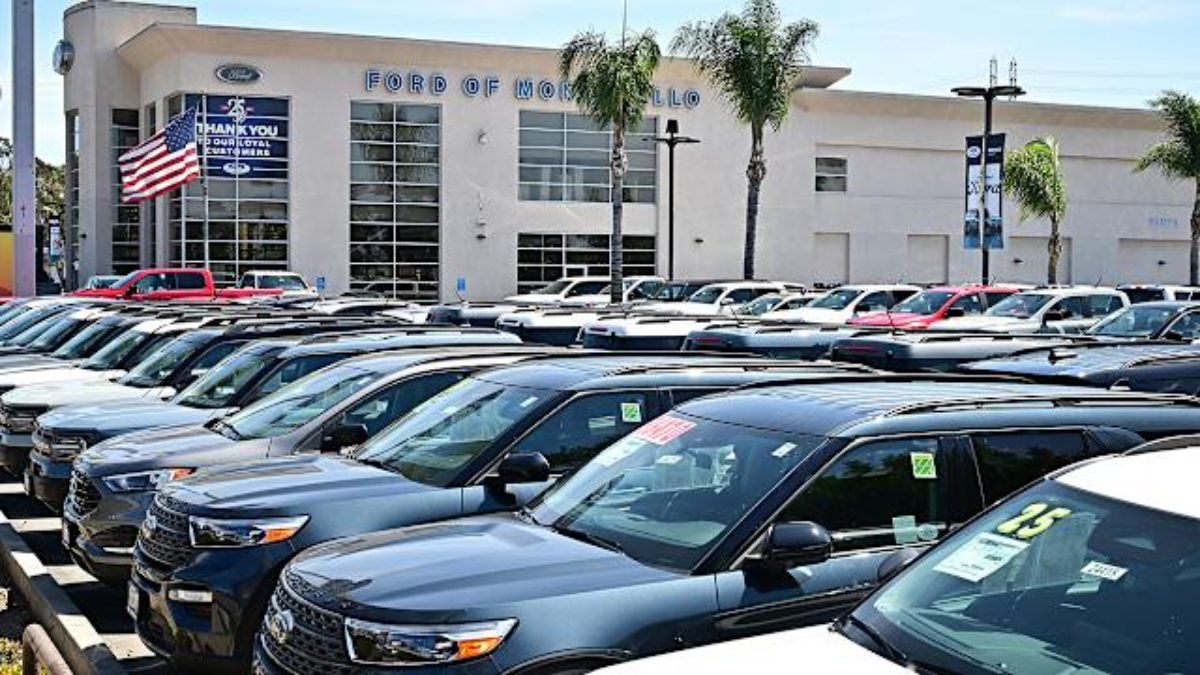In a significant move to revitalize the U.S. auto industry, former President Donald Trump has pledged to reduce the impact of auto tariffs, a decision hailed as a “major victory” for the sector.
This development comes as American manufacturers push to bring more production back to the United States, with the aim of creating jobs, boosting economic growth, and reducing reliance on foreign imports.
Trump’s administration had initially imposed heavy tariffs on imported automobiles, a policy that was controversial both domestically and internationally.
However, with mounting pressure from the industry and a shift in market dynamics, the former president now looks to dial back the tariffs as part of a broader strategy to support U.S. manufacturing efforts.
A Win for U.S. Auto Manufacturers
For years, American auto manufacturers have faced fierce competition from overseas producers, particularly from companies in Europe, Japan, and South Korea. High tariffs on imported cars had created a significant barrier for automakers that relied on foreign parts and materials, affecting their bottom lines and complicating production strategies.
Under Trump’s new policy direction, tariffs will be reduced, with a focus on supporting companies that are shifting their manufacturing back to the U.S. The move is expected to lower production costs for automakers, making it easier to produce vehicles at a competitive price while benefiting from American labor.
The decision also reflects broader trends in the U.S. manufacturing sector, where the reshoring of production has become a key priority. As supply chain disruptions during the COVID-19 pandemic highlighted the vulnerabilities of relying on overseas manufacturing, many companies have turned to domestic production to ensure greater control over their supply chains.
The Return of U.S. Auto Manufacturing
Trump’s move to cut tariffs aligns with a larger trend in the U.S. auto industry: a push to return more vehicle production to domestic shores. Several major automakers, including Ford, General Motors, and Stellantis, have announced plans to either expand or reshore their manufacturing operations in the U.S.
These efforts are being driven by several factors, including:
- Incentives for domestic production: The Biden administration’s push for electric vehicles (EVs) and green energy has spurred investments in U.S. factories dedicated to EV production.
- Labor market considerations: U.S. labor costs are still significantly lower than many high-cost countries, making reshoring increasingly economically viable.
- Supply chain stability: With the ongoing global supply chain challenges, companies are opting for closer, more reliable sources of manufacturing to mitigate future disruptions.
Incentives such as tax credits for domestic manufacturing and initiatives to modernize factories have made reshoring production a more attractive option for many companies.

Implications for Trade and Global Relations
While the reduction in tariffs is a win for the U.S. auto industry, the decision may have broader implications for global trade relations. Trump’s trade policies have been criticized by some international allies, particularly the European Union and Canada, who have expressed concerns about the effects of heavy tariffs on their own auto industries.
Nevertheless, by reducing the impact of tariffs, Trump aims to strike a balance between fostering domestic production and maintaining positive relationships with key trading partners. The reduction is viewed as an attempt to mitigate some of the protectionist effects of previous tariffs while still supporting U.S. manufacturers.
Critics argue that the global nature of the auto industry means that simply lowering tariffs may not be enough to counter the competitive advantages enjoyed by overseas producers.
They emphasize the need for more long-term investment in research and development, automation, and infrastructure to ensure the future competitiveness of U.S. manufacturers.
Long-Term Economic Benefits for the U.S.
The long-term economic benefits of Trump’s revised tariff strategy are likely to be significant. By incentivizing auto manufacturers to return production to the U.S., the policy could lead to:
- Job creation: As manufacturers ramp up production, thousands of jobs could be created in the U.S. labor market, particularly in manufacturing plants, supply chains, and logistics.
- Economic growth: U.S. manufacturing is a key driver of economic growth, and a revitalized auto sector could contribute significantly to GDP expansion.
- Stronger trade balance: By increasing domestic production, the U.S. could reduce its reliance on foreign auto imports, helping to improve the nation’s trade balance.
Industry leaders have expressed cautious optimism about the potential of reshoring efforts to transform the U.S. auto industry, with many noting that this could be a turning point in the country’s broader manufacturing renaissance.
Conclusion: A Major Victory for U.S. Auto Manufacturers
Donald Trump’s pledge to reduce the impact of auto tariffs is a major step in the ongoing efforts to bolster the U.S. auto industry and revitalize domestic manufacturing.
While the policy has its critics, it is clear that reducing tariffs could provide significant benefits in terms of job creation, economic growth, and greater control over supply chains.
As automakers continue to shift production back to the U.S., the impact of these policies will likely be felt for years to come.
For more detailed coverage on U.S. auto manufacturing and tariff policies, visit: Reuters – U.S. Auto Tariff Policy and Manufacturing Trends
Disclaimer – Our team has carefully fact-checked this article to make sure it’s accurate and free from any misinformation. We’re dedicated to keeping our content honest and reliable for our readers.
